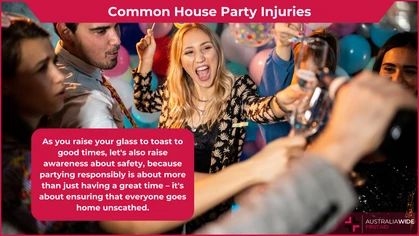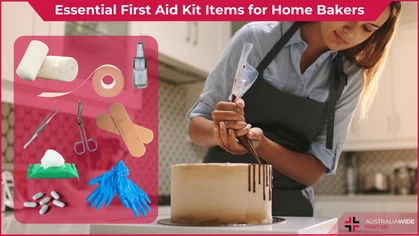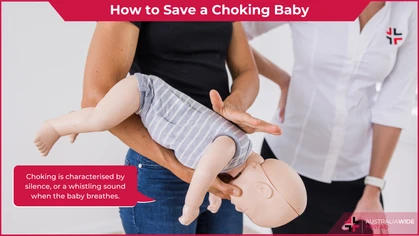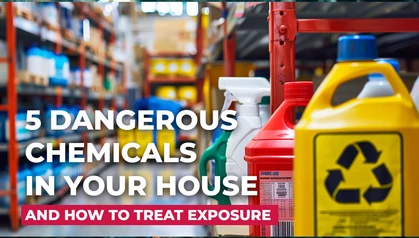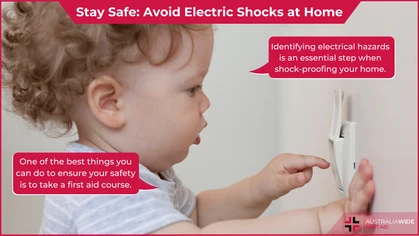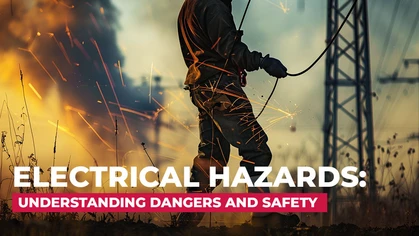Keeping Children Safe during Field Trips

Danger
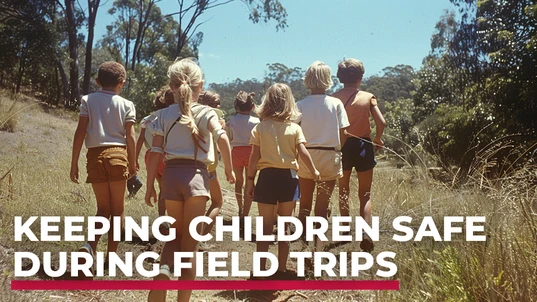 Few things get schoolchildren more excited than a field trip. Whether it’s to the zoo, a museum, an aquarium, or a local sports stadium nearby, children welcome field trips as a chance to break routine and experience something new.
That one day spent on a field trip, experiencing things that are out of the ordinary, could teach them lessons that they wouldn’t have learned as well in school.
Nevertheless, adults often worry about what could go wrong during a field trip, and rightfully so. There’s a chance that one of the pupils will lose their way, get hurt, or suddenly fall ill. If such occurrences are already quite scary when they happen in school, what more if they happen in an unfamiliar environment?
That said, there’s value in having a well-organised field trip, being prepared for emergencies, and keeping children in sync with their adult guardians. Whether you are a teacher, a parent chaperone, or another adult tasked with supervising children, we at Australia Wide First Aid are happy to share these tips on keeping your charges as safe as possible during a field trip.
Few things get schoolchildren more excited than a field trip. Whether it’s to the zoo, a museum, an aquarium, or a local sports stadium nearby, children welcome field trips as a chance to break routine and experience something new.
That one day spent on a field trip, experiencing things that are out of the ordinary, could teach them lessons that they wouldn’t have learned as well in school.
Nevertheless, adults often worry about what could go wrong during a field trip, and rightfully so. There’s a chance that one of the pupils will lose their way, get hurt, or suddenly fall ill. If such occurrences are already quite scary when they happen in school, what more if they happen in an unfamiliar environment?
That said, there’s value in having a well-organised field trip, being prepared for emergencies, and keeping children in sync with their adult guardians. Whether you are a teacher, a parent chaperone, or another adult tasked with supervising children, we at Australia Wide First Aid are happy to share these tips on keeping your charges as safe as possible during a field trip.
- Share contact details, transport arrangements, and relevant info about each child’s pre-existing health conditions. Prep work for a field trip should start at least a month before the actual date. During this time, teachers, parents, designated chaperones, and other staff responsible for the field trip should exchange phone numbers, share details about the field trip venue, and agree on what form of transport is safest for the kids. Parents should also disclose to teachers and staff if their children have special health concerns, such as being prone to allergies or asthma.
- Pinpoint who among the adults knows how to administer first aid to children. Though quite a few people are acquainted with the basics of first aid, childcareworkers and educators typically undergo specialised first aid training in order to help children. It would likely put parents at ease to know who among their fellow adults they can trust with their children’s safety in case of an accident, injury, or a sudden bout of illness.
- Carry several portable first aid kits. There should be a first aid kit aboard each vehicle that the contingent will ride. It can contain plasters, bandages, ointments, and some basic medicines in case anyone suffers nausea or dizziness while travelling. Several other kits, small enough to fit into a backpack, can be distributed among the adults for when they are walking with the children inside the venue.
- Learn where you can seek medical help or security assistance within the vicinity of the field trip venue. Research beforehand, do an ocular or ask the front desk staff inside the venue about where you can find its first aid station, clinic, or security office. Inform both the adults and the children in your party about these locations, so that everyone knows how to contact trustworthy and authorised staff members to help them.
- Have the children carry something on their person with emergency contact details. Some children may panic upon getting lost and have trouble articulating themselves. For situations like these, it will benefit them to have something on their person—perhaps a bracelet or a small card containing the numbers of their parents, the school, and their chaperone—that they can present to an adult in a proper position to assist them.
- Stay together as a group and implement a “buddy” system among the children. Enjoin both children and adults in the party to stick together while the field trip is ongoing, even for visits to the restroom or toilet. Kids may also find it fun to have an assigned partner throughout the trip; they can be the ones to answer about whether their partner is with them when it’s time for a headcount, when it’s time to board the vehicle, or when it’s time to depart from the venue.
- Assign uniform garments or accessories to identify members of the group. It may also be a good idea to assign a uniform or to have everyone wear distinctive accessories on the day of the field trip. For example, members of the contingent can all wear T-shirts or caps in bright colours like orange, yellow, or green, emblazoned with the crest of the school. This will serve to identify both children and adults as part of a particular group and make it easier for others to direct a lost member back to the safety of the contingent.
Enrol in a First Aid Class Today
If you enjoyed this feature from Australia Wide First Aid, you can peruse our blog to learn about childcare and safety tips, how your kids can become first-aiders themselves, and other topics related to first aid for children of all ages. Better yet, come to one of our training centres and earn a certificate of first aid completion—an achievement that any parent, teacher, childcare worker, or guardian will be proud of. Click on any of the location pages below to explore the specialised first aid training courses available from Australia Wide First Aid!
Originally published at
https://www.australiawidefirstaid.com.au/resources/keeping-children-safe-during-field-trips
as part of the Australia Wide First Aid Articles Library



